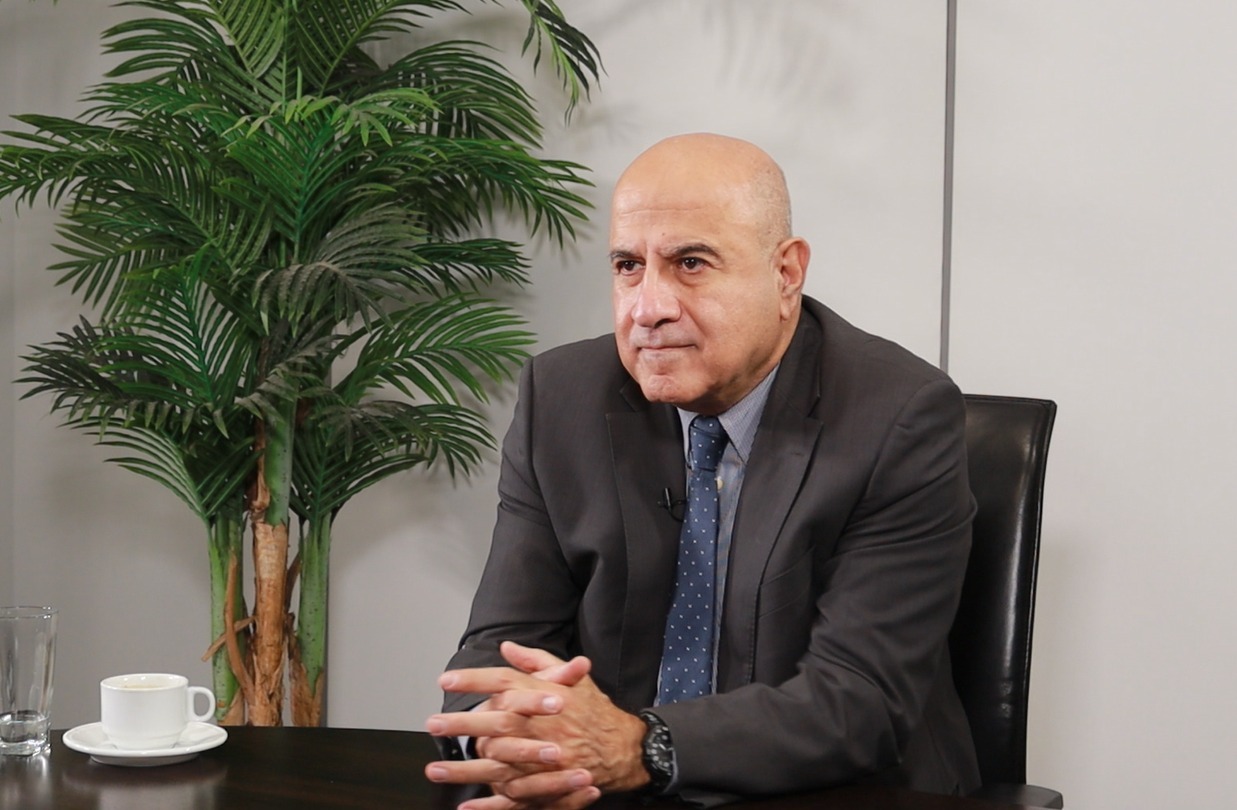Israeli helicopters targeted 6 Hizballah and Iranian officers as warning that Golan is out of bounds
DEBKAfile Special Report
January 18, 2015,
Lebanese and Western intelligence watchers of the Syrian conflict reveal that the two missiles fired Sunday, Jan. 18, by Israeli helicopters at an armed military convoy on the Syrian side of the Golan struck a group of Iranian and Hizballah officers traveling near Quneitra. Hizballah has confirmed that six people were killed, including an Iranian commander, named Abu Ali al-Tabtabani.
The Hizballah officers who died were Jihad Mughniyeh son of the Shiite terrorist movement’s military chief, whom Israel killed in 2008; and Mohammed Issa, a Hizballah commander responsible for its Syrian and Iraqi operations. Lebanese and Arab media outlets identified the other four Hizballah members killed in the raid as Mahdi al-Moussawi, Ali Fouad, Hussein Hassan and Abbas Hijazi.
DEBKAfile reports: The group was on a tour to inspect a site for a Hizballah force to take up position opposite Israel’s Golan lines as part of the Syrian surface missile deployment near Quneitra. The helicopter strike was intended to post a tough Israeli warning to Iran, Damascus and Hizballah: The Golan is off-limits – especially Queneitra.
This followed a warning through back channels issued on June 5, 2014, when a small Hizballah advance guard arrived in the Quneitra sector as back-up for Syrian troops fighting rebels. Israel then put Hizballah on notice that if its men were not removed from the Golan, they would be attacked. And they were indeed withdrawn in short order.
But a new situation has meanwhile developed, say military and intelligence sources. The Syrian army has boosted its ground-to-ground missiles in Quneitra with Iranian medium-range Fatah-110s. Shortly before the weapons were deployed on Jan. 10, the Syrian Dep. Chief of Staff Gen. Ali Abdullah Ayoub arrived at the site accompanied by Iranian Revolutionary Guards officers in civilian clothes, advisers to the Syrian high command on Bashar Assad’s strategy for various fronts. The arrival of the new missiles followed that visit.
Two days ago, Hizballah’s General Secretary Hassan Nasrallah issued a reminder that his army has been armed with those same Iranian Fatah-110 missiles since 2006. He also reiterated that those weapons could reach any target on Israeli soil.
Nasrallah was apparently referring to the same missiles’ improved vantage position if they were deployed on the Golan for easier and more accurate launches against Israel. What he did not say was that the plan that had been cooked up in Tehran was to attach Hizballah crews to the Golan-based missile batteries and shoot them at Israel for the first time from Syrian territory.
It was this plan which the Israeli helicopter must be presumed to have aimed at thwarting.




















